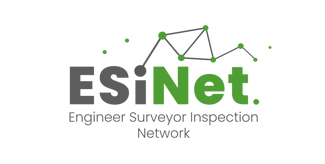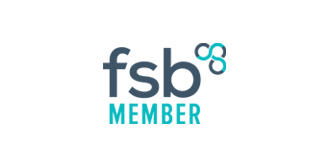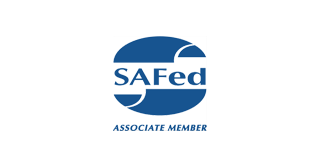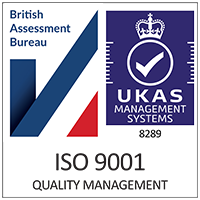Preparing for Your LOLER Examination
If you work in the United Kingdom’s lifting industry, you are likely familiar with the Lifting Operations and Lifting Equipment Regulations 1998, also known as LOLER. These regulations were implemented to ensure the safe use and maintenance of lifting equipment in various work environments. LOLER examinations are a crucial part of complying with these regulations, and they require proper preparation. In this blog post, we will guide you through a checklist to help you get ready for your LOLER examination.
1. Know your equipment:
Make a comprehensive list of all the lifting equipment you use in your workplace. This includes cranes, forklifts, hoists, slings, and any other lifting apparatus. Understand their specifications, capacities, and limitations. Being familiar with your equipment will enable you to identify potential issues during the examination.
2. Identify competent persons:
LOLER examinations must be carried out by competent persons who have the necessary knowledge, experience, and training. Identify individuals within your organization or hire external experts who meet the criteria to conduct the examination. Ensure that these individuals are aware of the LOLER regulations and are up to date with any changes or updates.
3. Gather documentation:
Compile and organize all relevant documentation related to your lifting equipment. This includes maintenance records, inspection reports, certification documents, and any other relevant paperwork. Ensure that these documents are readily accessible and up to date, as they will be crucial during the examination.
4. Schedule regular inspections:
Regular inspections are essential to identify and address any potential issues with your lifting equipment. Create a schedule for routine inspections and maintenance, and stick to it. Document all inspections and repairs conducted, noting any deficiencies or repairs required. This proactive approach will help you maintain a safe working environment and pass the LOLER examination.
5. Train your employees:
Ensure that all employees who operate or work around lifting equipment receive proper training. Training should cover equipment operation, safety procedures, hazard identification, and emergency protocols. Well-trained employees contribute to a safer work environment and demonstrate compliance during the LOLER examination.
6. Conduct risk assessments:
Performing regular risk assessments is vital to identify potential hazards associated with lifting operations. Assess the risks associated with the equipment, the working environment, and the tasks performed. Document the findings and implement control measures to mitigate the identified risks. This proactive approach will help you demonstrate compliance during the examination.
7. Review LOLER regulations:
Stay up to date with the latest LOLER regulations and guidance provided by the Health and Safety Executive (HSE) in the UK. The regulations may evolve over time, so it’s essential to keep yourself informed about any changes that may affect your lifting operations. Reviewing the regulations regularly will ensure you remain compliant and prepared for your LOLER examination.
8. Prepare for the examination day:
On the day of the examination, ensure that all relevant equipment and documentation are readily available for inspection. Make sure the appointed competent person has access to the lifting equipment and any associated areas. Cooperate with the examiner, provide any necessary assistance, and address any queries they may have. Your proactive approach and preparedness will reflect positively during the examination.
By following this LOLER checklist, you will be well-prepared for your LOLER examination. Complying with LOLER regulations ensures the safety of your workforce and maintains a productive work environment. Remember, a successful examination is not just about passing a test—it demonstrates your commitment to safety and compliance in the lifting industry.
Disclaimer: This blog post provides general guidance and should not be considered a substitute for legal advice or professional examination services. Please consult with qualified professionals and refer to official regulations and guidance for accurate and up-to-date information.
References:
– Health and Safety Executive (HSE) – Lifting Operations and Lifting Equipment Regulations 1998
– Health and Safety Executive (HSE) – LOLER Approved Code of Practice and Guidance L113











